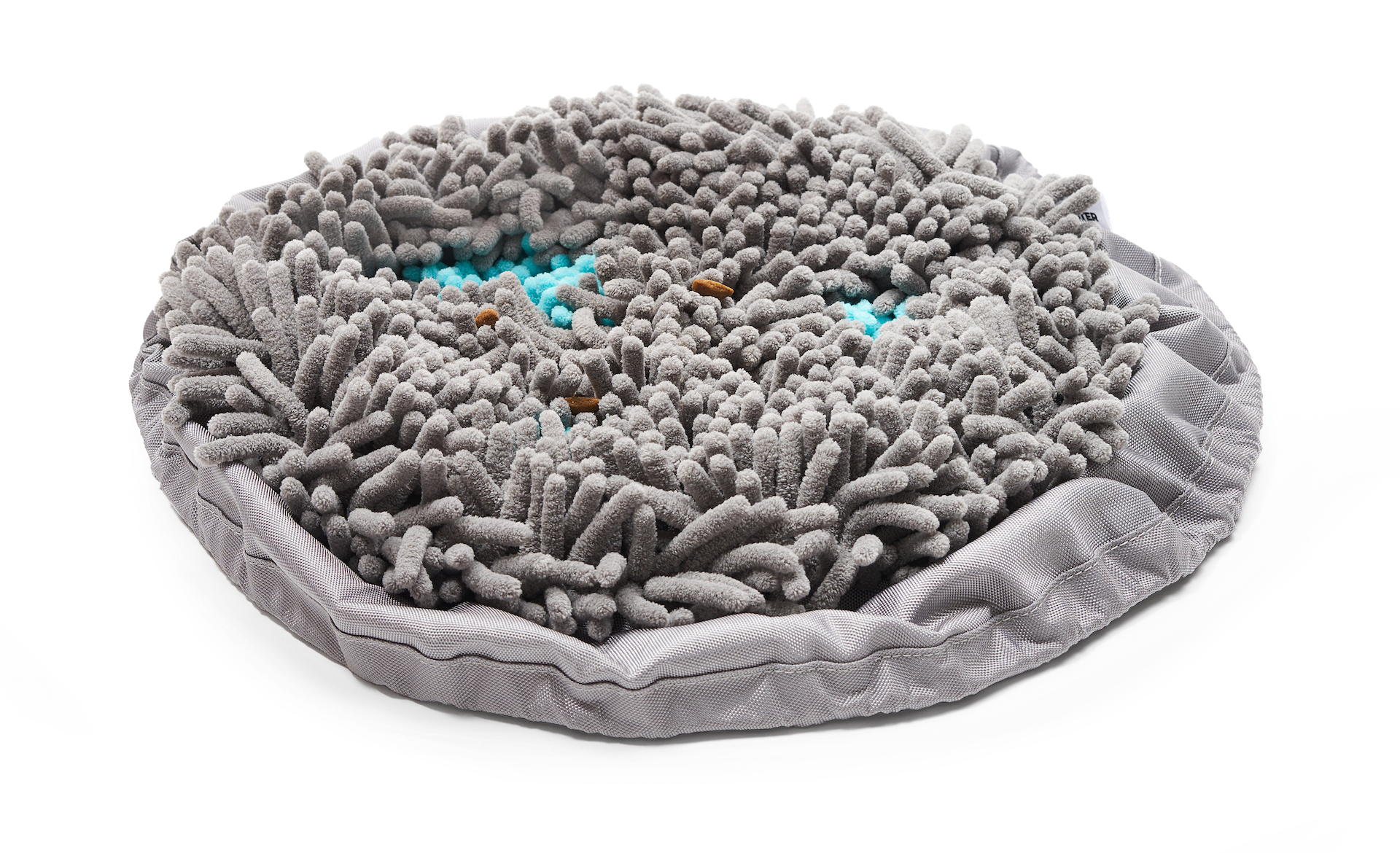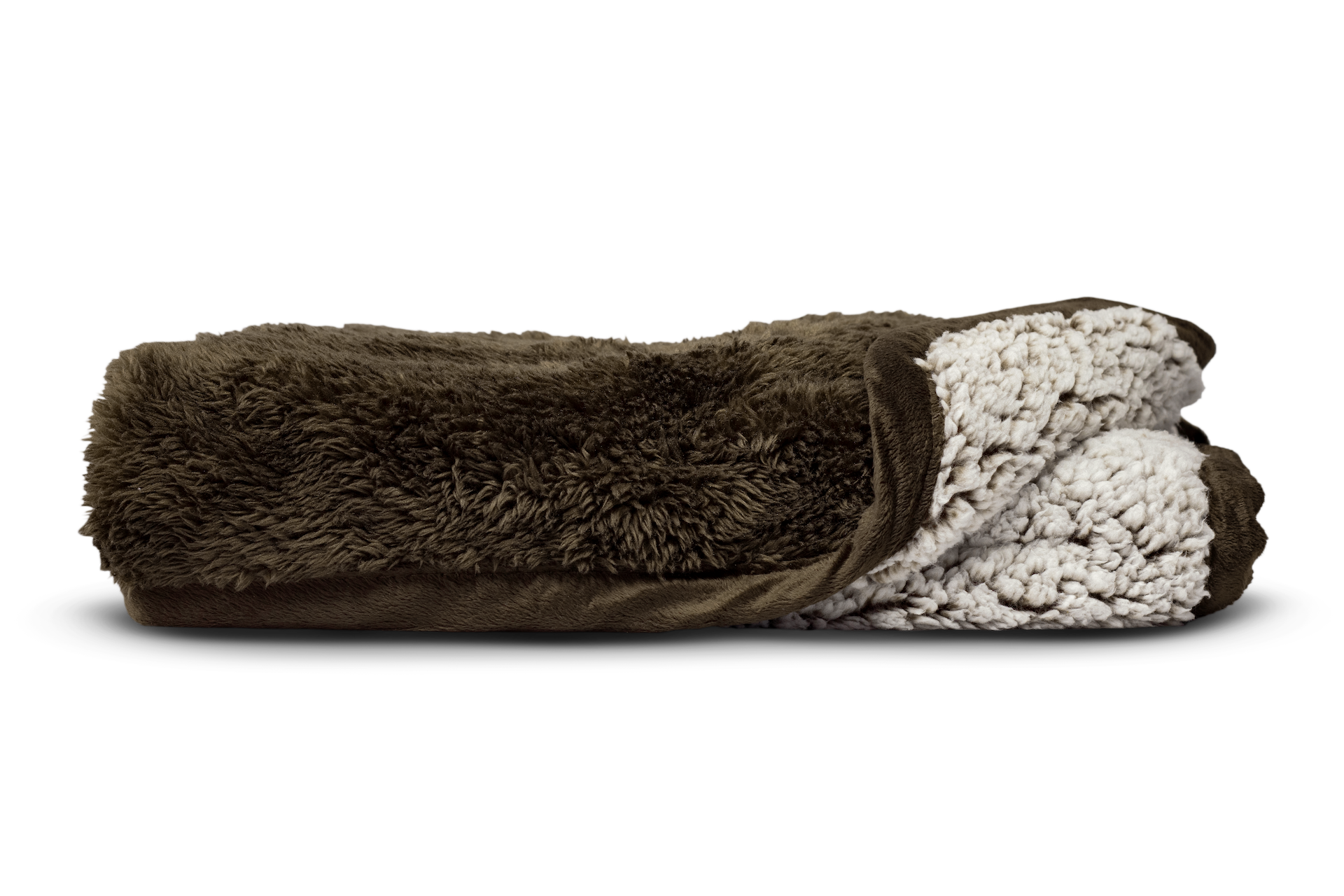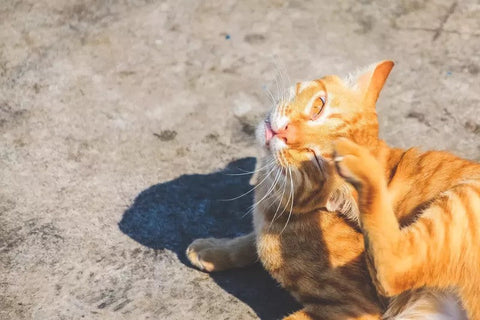It is said that training a cat to use the litter box is waaaay easier than training a puppy. But if you see your cat struggling to use the litter box, it could be a sign of urinary tract problems and infections.
Urinary tract problems and infections in cats can trigger other health problems if not recognized and treated immediately. Since cats are pretty good at hiding discomfort, they depends on us as pet parents to know how to recognize, prevent and manage cat UTIs.
In this article, we’ll talk about the most common urinary tract problems and infections that can develop in cats, the symptoms, treatments & prevention methods so your fur-baby may live a happier, healthier life.
"If your cat is sick, the most accurate diagnosis will come from a vet."
What Cats Are Most Likely to Get UTIs?
Urinary tract problems and infections are rare in young cats and more common in older and senior cats. If urinary problems or infections show up in a young cat, it may be the effect of an underlying disease.
Moreover, urinary tract problems and infections can be more dangerous, with a higher risk of complications, in male cats. This is because of the urinary anatomy. Male cats have a narrower urethra compared to female cats. When a urinary infection occurs, urine pH is changed greatly by the bacteria and will lead to crystal formation. Those crystals formed will have the possibility to block a male cat's narrow urethra.
What to Look Out For
Bacteria affecting your cat's urethra is what causes urinary tract problems and infections. When your cat is going through a possible urinary tract problem or infection, look out for these signs:
- difficulty and pain in urinating / inability to urinate / only peeing small amounts
- unusually constant visits to the litter box without peeing
- unusual amount of time spent in the litter box without peeing
- cloudy or blood in urine
- intense urine odor
- accidents in inappropriate places in the house
- loss of appetite
- vomiting
- fever
'Prevention is Better Than Cure'
If you noticed two or more of the signs mentioned above, the best way to know if your cat really has urinary tract problems (without taking her to the vet) is to use a special kind of cat litter that changes colors to alert you of any potential illnesses that can be detected through your cat's urine.
If your cat is sick, the most accurate diagnosis will come from a vet. However, you can always take precautionary steps to help your cat avoid having any urinary problems.
"Cats are good at hiding symptoms, so it is up to pet parents to recognize cat UTIs."
Even though it can be demanding, prevention is always better than cure, they say.
Be on top of your cat's hygiene. Always keeping your cat's litter box clean will prevent them from 'holding it in,' and encourage them to use their litter box. A clean litter box will also prevent bacteria from spreading.
Being on top of your cat’s hygiene is not just about their litter box. It is also about keeping them from their own messes. Pet Parents® Washable Cat Diapers are made with our soft, non-abrasive proprietary fabric that wicks away liquid fast, to keep your fur-baby clean, comfy, and safe from any diaper rash or urine burn.
Increase water intake. Give your cat a bowl of fresh and clean water a few times a day. Water will dilute your cat's urine and will make her pee more often, flushing out bacteria in the urinary tract.
Another way to increase your cat's water intake is by adding water into their food at meal time.
Reduce stressers. UTI can also be caused by stress. Think about what stresses out your cat. Is it the dirty litter box? The stray animals outside? A new pet? House visitors? Loud noises from the neighborhood? A change in her routine? Identify what causes stress in your cat and address it.
Provide a healthy diet. Your cat's diet can also be a factor. Overweight and diabetic cats are more at risk in having urinary tract problems.
To reduce the risk of a UTI, give your cat a balanced and healthy diet. To help reduce the chances of recurrence, feed small meals on a frequent basis, as stated by the experts at the American Veterinary Medical Association.
Treating Feline Urinary Tract Problems and Infections
If you feel like your cat is experiencing urinary tract problems, the first thing you should do is:
Take her to the vet. Take your cat to the vet as soon as possible for proper diagnosis and treatment. Urinary tract problems can generally be cured, but can be life-threatening if not given medical attention immediately.
According to VCA Hospitals, your veterinarian will prescribe an antibiotic used to treat UTIs. Your vet may also prescribe pain medications, as some cases of UTIs can be very painful and uncomfortable. If your cat is prone to UTIs, your vet may also recommend a diet change.
Cat diapers are a great help in preventing accidents around the house, as you may find your cat peeing outside the litter box.

"Cat diapers are a great help in preventing accidents around the house, as you may find your cat peeing outside the litter box."
Managing urinary tract problems and infections in your cat can be a trying time but with proper management, care, and cat diapers, your cat will be back in shape in no time!









